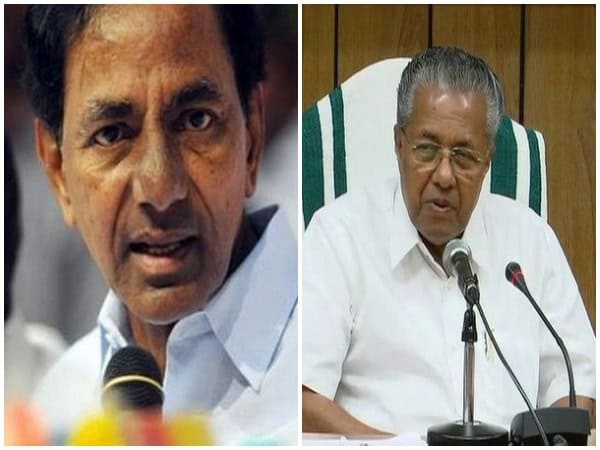
By Hasan Ghias
One swallow does not a summer make, but hundreds of thousands of citizens on the march could make the Indian spring. “Behold! I rise to meet the destined spring, And scale the stars on my broken wing.” (Sarojini Naidu).
As young students of Jamia Millia Islamia and the Aligarh Muslim University attempted to spread out their wings through peaceful protests against an unfair, and perceived to be unconstitutional, law enacted by India’s Parliament, the police moved into their campuses resorting to vicious violence to break their limbs and blind their eyes. Neither library, nor mosque, nor students’ rooms were spared from assault by staves, tear gas shells, stun grenades and guns.
The Citizenship Amendment Act, steered through India’s parliament, prescribes a religious test for the citizenship of India. In a nationwide exercise to create a National Register of Citizens, every Indian will have to bear the burden of proof by producing documentary evidence of citizenship. Those who do not have such evidence in their possession will be deemed infiltrators. All those who came from Afghanistan, Bangladesh and Pakistan before a cut-off date will be offered a path to citizenship, except Muslims. They will face deportation or life in detention centers, their properties confiscated, their livelihoods snatched away, with no rights and, shockingly, described as termites by India’s Home Minister.
What the framers of this outrageous piece of legislation, designed to rip India’s secular polity apart, hadn’t anticipated were the protests that erupted across the nation. The first to react on a cold winter day in mid December were thousands of students of Jamia Millia Islamia, a university in India’s capital city. A day later, large numbers of students of the Aligarh Muslim University, located 80 miles southeast of Delhi, came out in protest. At both locations these peaceful protests were met with disproportionately vicious force exercised by the police. Several university campuses across the country saw large scale student protests. These were followed by huge civilian protests throughout India.
Will these waves of protest lose their energy and fizzle out or will they come together to create a groundswell? Is an Indian Spring in the offing? Only time will tell. What we are seeing seem to be symptoms of dissatisfaction that runs deep and wide, frustration boiling over, anger bottled up too long and no longer possible to contain. That the country’s youth is at the forefront of this agitation underlines the fact that it is they who have the biggest stake and they cannot remain silent witnesses while their future is imperiled. The entire nation seems to be in ferment, not seen since independence. A new yearning for freedom is expressing itself in the ‘azadi’ chants spreading out across the length and breadth of the nation. More is happening than meets the eye.
With corruption running rife, unemployment running high, the economy running into the ground, it indeed is time to pause and ponder. A corrupt political order, unscrupulous bureaucracy and law enforcement machinery, a compromised judiciary and sold-out media don’t hold out much promise to the young whose aspirations and hopes are being dashed to the ground. How much faith can they store in an edifice whose pillars have been hollowed out? The moment is pregnant with possibilities. More of the same or worse, or a break from a failed past and laying the foundations of a new future. A choice between the dark and deep abyss of divisiveness, social strife, moral turpitude and economic collapse and reimagining and refashioning India according to the lofty ideals of the founding fathers and the hallowed constitution they bequeathed to us. Change will neither be easy nor painless, but when the youth of the country arise, the nation will see a new dawn.
Hasan Ghias is a US-based Business & Organization Development Consultant who writes regularly, among other subjects, on the country of his origin, India.

